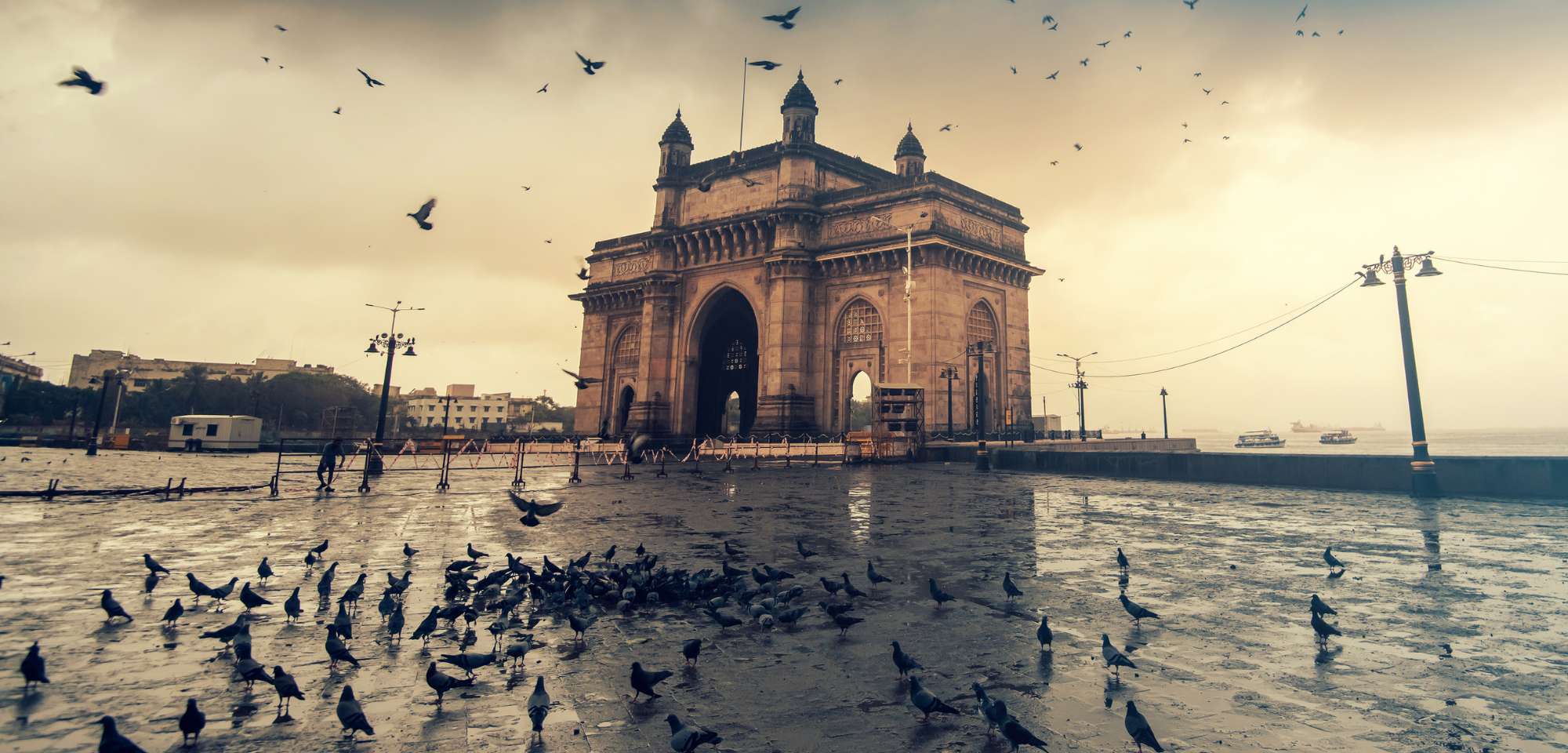
India, one of the world's most captivating travel destinations, welcomes millions of visitors each year. Its colourful festivals, mouth-watering cuisine, historical landmarks, and diverse landscapes offer a unique and enriching experience for travelers. If you’re considering a trip to this vibrant country, you may be wondering: what’s the difference between a visa on arrival and an eVisa?
Understanding the difference between these two options is essential for planning a smooth and hassle-free trip. In this guide, we'll explain how these visas work and which might be the right option for you.
A visa on arrival is issued at the border or airport of the country you're visiting, meaning that travelers do not need to apply for their visas beforehand. While this may sound convenient, the visa on arrival option for India is available only to a select group of travelers.
Currently, only nationals of Japan and South Korea, provided they don’t have Bangladeshi or Pakistani ancestry, can apply for a visa on arrival in India. This visa is typically issued for short-term tourist visits and allows for a stay of up to 30 days.
Additionally, citizens of the United Arab Emirates may also apply for a visa on arrival if they have previously held an Indian visa (either paper or eVisa). For other travelers, a visa on arrival in India is not an option.
In contrast, the eVisa India system is a much more accessible option for many travelers. An eVisa is an electronic travel authorization that allows visitors to enter India for purposes such as tourism, business, medical treatment, or attending conferences. The eVisa must be applied for and approved before arriving in India, but the process is entirely online, making it much more convenient than traditional paper visas.
To apply for an eVisa, visitors must complete an online application form, upload their passport, and provide additional documents as required, depending on the type of eVisa. Upon approval, the eVisa is electronically linked to the traveler’s passport, allowing for a seamless experience upon arrival in India.
The eVisa is available for short stays (30 to 60 days) and can be used for tourism, business, or medical purposes. This option is available to citizens of over 150 countries, making it the most widely used visa option for travelers heading to India.
As previously mentioned, the visa on arrival in India is quite limited in availability. Japanese and South Korean nationals traveling for tourism purposes may apply for a visa on arrival, but they must meet specific conditions, such as not having Bangladeshi or Pakistani ancestry. UAE nationals may also apply, provided they have previously obtained an Indian visa.
Travelers eligible for a visa on arrival should ensure their passport is valid and be prepared to have their visa issued at the airport. However, they should note that this visa is valid for only 30 days, and any extension or change of visa type must be handled separately.
The primary difference between eVisa and visa on arrival lies in the application process and the range of eligible nationalities. An eVisa is processed entirely online before you travel, while a visa on arrival is obtained at the Indian border or airport.
The eVisa provides a greater degree of flexibility and convenience for most travelers since it can be applied for in advance and ensures entry to India without the need for additional documentation upon arrival. On the other hand, the visa on arrival is restricted to specific countries and is valid for a shorter stay, making it less widely applicable.
Once you've sorted out your Indian visa options, it’s time to start planning the rest of your trip. India is a vast country with diverse climates, so the best time to visit largely depends on your itinerary.
For most travelers, the peak tourist season is between December and March. During this time, the weather is pleasant, with warm days and cool nights, making it an ideal time for sightseeing, exploring India's cities, or enjoying a beach holiday. This is also the perfect time for a tiger safari or a temple tour, as precipitation is rare, and the air is crisp and clear.
If you want to avoid the crowds, consider traveling between April and June. Though temperatures can be high, especially in the cities, this is a quieter time to explore India's cultural and historical sites. It's also a great time to visit the northern regions, including the Himalayas, where the weather is cooler and more comfortable
In conclusion, understanding the difference between a visa on arrival and a eVisa for India is crucial for a hassle-free trip. While visa on arrival is limited to a few nationalities, the eVisa is a more convenient option for most travelers. So, plan accordingly and enjoy the wonders of India! For expert guidance and assistance with your Indian visa application, trust IVC Services to simplify the process and ensure a smooth travel experience. Apply today!